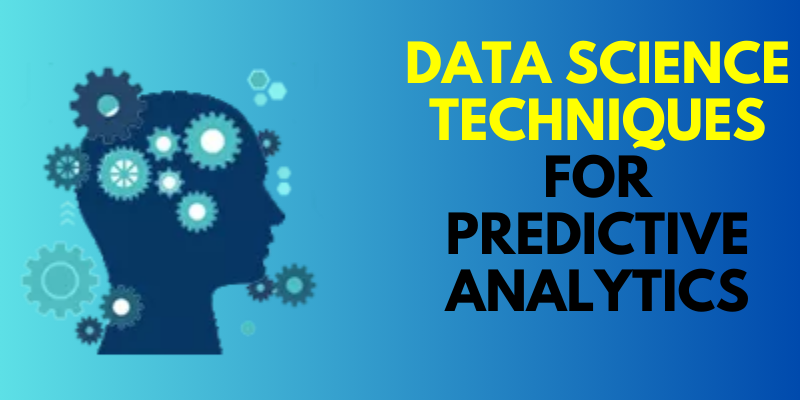In the ever-evolving landscape of data science, predictive analytics is a powerful tool for extracting actionable insights and making informed decisions. As organizations harness vast amounts of data, mastering essential data science techniques becomes imperative. For those looking to deepen their expertise in this field, seeking out reputable Data Science Courses In Bangalore could be a strategic step toward acquiring the necessary skills. Here, we explore the top five techniques that form the backbone of predictive analytics, empowering businesses to stay ahead in today’s data-driven world.
Top Data Science Techniques for Predictive Analytics
- Machine Learning Algorithms:
Machine learning, an aspect of artificial intelligence that allows applications to learn from data and boost their performance over time, is at the core of predictive analytics. Arms such as regression, tree structures, and support vector machines are used to analyse historical data and identify patterns. These algorithms make predictions based on fresh data, allowing companies to anticipate trends and make proactive decisions.
- Feature Engineering:
The quality of input features heavily influences the effectiveness of predictive models. Feature engineering entails selecting, transforming, and creating relevant features to improve the model’s predictive power. Data scientists can optimize models for accuracy and efficiency by understanding the data and extracting meaningful information. This method is critical for identifying a dataset’s most influential factors improving model interpretability and performance.
- Time Series Analysis:
Many predictive analytics techniques involve data collected over time, such as stock costs, weather patterns, or sales figures. Time series analysis is a specialized technique that focuses on understanding temporal patterns and trends within the data. For those seeking to delve deeper into these methodologies and gain hands-on experience, exploring Data Science Training In Marathahalli could be an advantageous step.
- Ensemble Learning:
Ensemble learning combines multiple models’ predictions to improve overall performance and robustness. Techniques such as bagging and boosting generate a diverse set of models that, when combined, provide more accurate predictions than individual models. A well-known ensemble method, Random Forest, combines multiple decision trees to achieve superior predictive power. Ensemble learning is a powerful technique for reducing overfitting and improving predictive model generalization.
- Cross-Validation:
Cross-validation is an essential technique for evaluating predictive model performance and reliability. It entails splitting the dataset into multiple subsets, training the model on various combinations of these subsets, and assessing its performance. This helps to ensure that the model’s predictions are consistent across different data samples, lowering the risk of overfitting and increasing the model’s generalizability to new, previously unseen data.
Mastering these essential data science techniques is crucial for unlocking the full potential of predictive analytics. These techniques empower organizations to harness the predictive power of their data for strategic decision-making and stay competitive. For individuals eager to acquire these skills and stay up-to-date with industry best practices, enrolling in the Best Training Institute In Marathahalli could provide a structured and expert-led learning experience, ensuring a solid foundation in data science and predictive analytics.
Also, check Data Science Interview Questions and Answers


